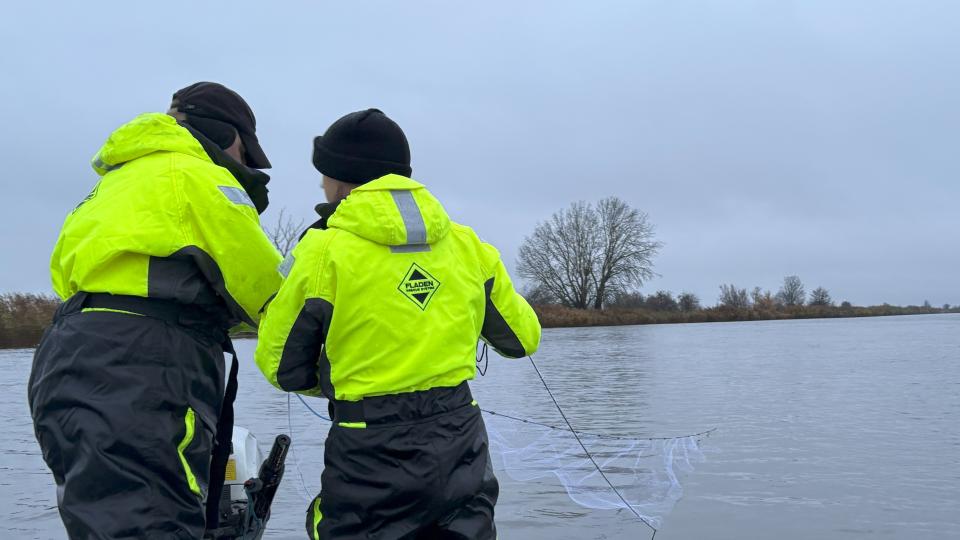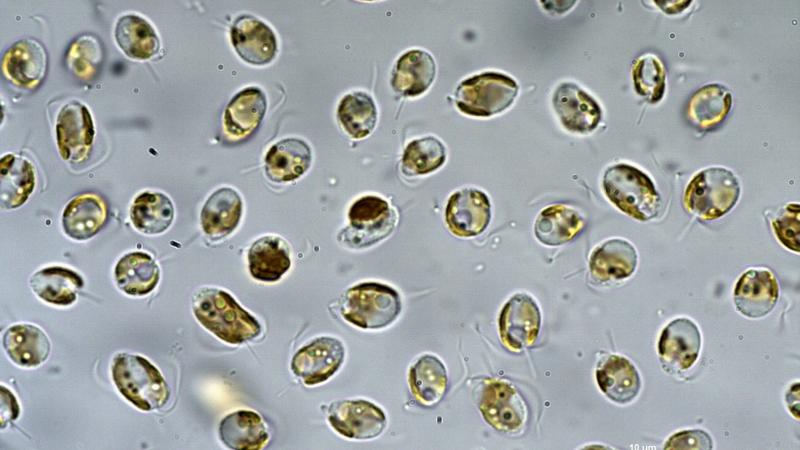Sturgeon Monitoring
One of the key objectives of the HaffStör project is to develop a methodology for monitoring the population of the Baltic sturgeon (Acipenser oxyrinchus) in the Odra River basin, with the aim of making it applicable across the entire Baltic Sea region. Our goal is not only to assess the current status of the population but also to identify effective and repeatable research tools that could serve as a reference for future monitoring programs implemented by our partners throughout the Baltic. The strategy is based on results from our own studies, as well as on the experience gained through close collaboration with research teams and institutions engaged in sturgeon restoration worldwide.
The program involves testing various fishing gears and evaluating their effectiveness in terms of species catchability, selecting the most appropriate life stages of sturgeon for monitoring, and adapting capture techniques to match the species' biology and migratory behavior. Additionally, we assess population dynamics in the Odra River basin, taking into account seasonality, local environmental conditions, and the impact of stocking activities.
To achieve these goals, we conduct annual experimental fishing campaigns at different sites in the lower Odra River, its estuary, and the coastal zone of the Baltic Sea. We test a wide range of gear types from simple longlines, to custom-designed multimesh gillnets, trammel nets used as drift gear, and even bottom trawls and stationary gear deployed offshore. Despite the substantial effort invested by our team and the application of diverse tools, sturgeon remains a difficult species to catch due to its low natural abundance and specialized lifestyle.
In this context, cooperation with local fishers, both in Poland and Germany, plays a crucial role. Reports submitted by fishers help us gather additional data on the distribution and behavior of sturgeon and provide insight into which types of fishing gear are more likely to catch sturgeon incidentally and which prove ineffective. This information is key to developing future recommendations for sustainable fisheries management.
An integral component of the program is our collaboration with the telemetry team. Tracking sturgeon equipped with transmitters enables us to verify the effectiveness of our fishing tools and understand the potential reasons why some tagged individuals may avoid them. These insights allow us to continually improve our methods and enhance the overall effectiveness of the monitoring.
Ultimately, the knowledge and experience gained through this project will lead to the development of a standardized monitoring protocol for Baltic sturgeon, ready for implementation by Baltic Sea stakeholders and the fisheries sector. This protocol will not only support effective population assessment but also provide a foundation for long-term conservation and sustainable management of this iconic species.

Short Profile
Duration
BMUKN: Bundesministerium für Umwelt, Klimaschutz Naturschutz und nukleare Sicherheit
BfN: Bundesamt für Naturschutz




